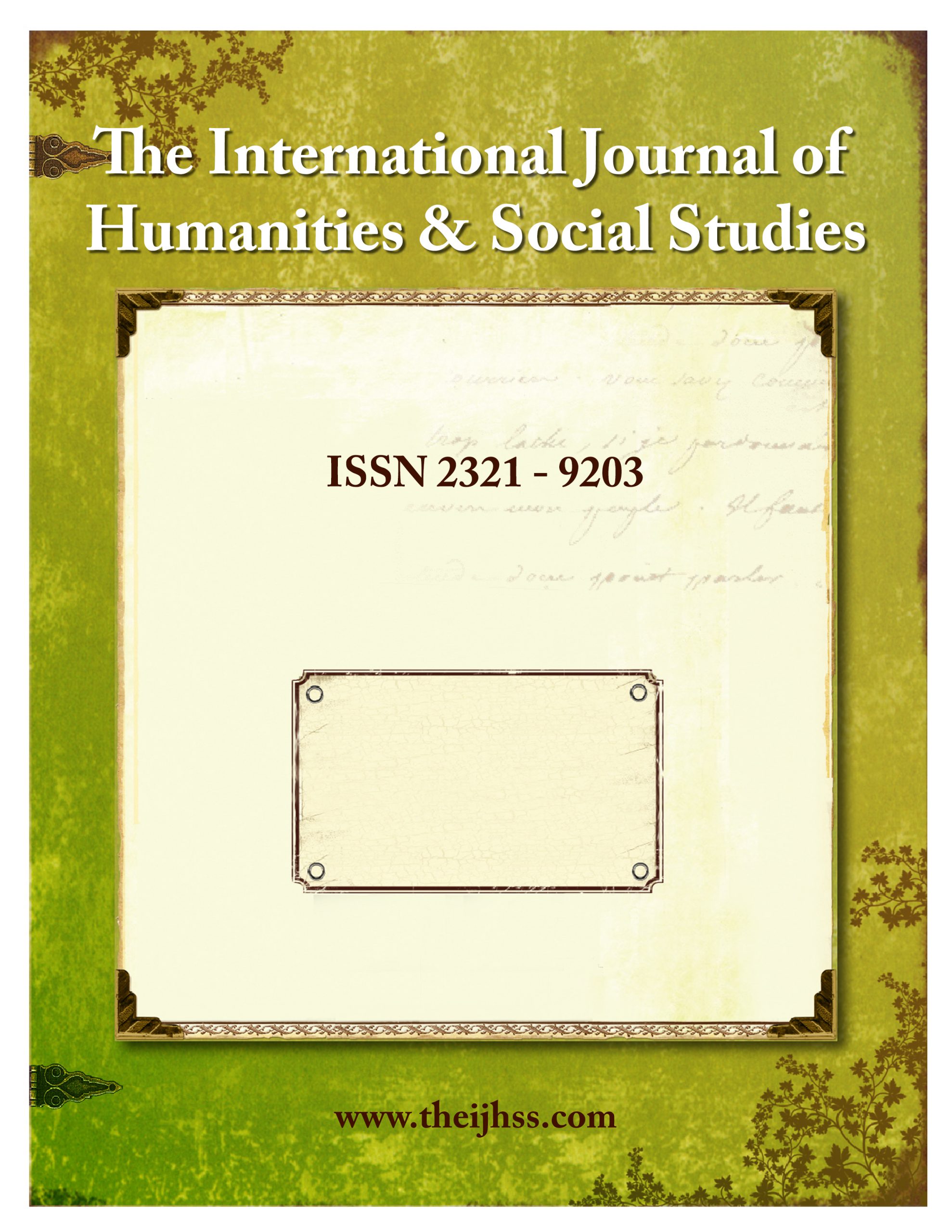A major criticism about STEM fields is the immense gender disparity that exist among students who graduate with STEM subjects and later attempt to pursue it. There is a difference in the number of men who pursue these subjects as a career and the number of women who do so. Several societal and psychological determinants play a role in establishing this gender gap in scientific research area. After several efforts, even today, white women in United States hold less than 20% of STEM jobs and women of color hold less than 10% of positions in scientific research and academics. Even scientific conferences based on original research works nurture this gap by unequally distributing opportunities between men and women to submit for journal call for paper in these conferences. A few interventions to reduce this gender inequity in research careers can maintain a solemn code of conduct in the scientific world.
Removal of Explicit Bias against Women– It has been found that research careers in general, and mathematical subjects in particular are highly underrepresented by women. There are explicit biases against women in terms of their mathematical and logical abilities. Research has found that there is no significant difference in IQ or logical calculative abilities, between men and women, yet girls are always undervalued as mathematicians since school. Teachers often expect lesser logical reasoning from girl students than boys, which become a self-fulfilling prophesy in their grades. What others expect of us influence our own efforts and behavior; this is perhaps a major reason many women score, less in STEM subjects. Women might also perform poorly in scientific research positions because their supervisors and managers expect them to be dumb wits. If the explicit dissemination can be removed; if equal expectation can be projected towards both genders since childhood, the psyche of men and women will develop equally to perform in all fields and careers.
Cultural Dominance in Certain Fields– Culturally some fields are dominated by males, like medicines, engineering, computer science etc. a research study proved that these fields have so much gender gap, that when students were asked a riddle, they couldn’t associate the word ‘doctor’ with a woman. Similarly, academic positions also become gender specific after they have been dominated by males for decades. Women naturally avoid these subjects. Research career to be equally represented by both genders require the balance in social culture, which will be ready to accept both male and female workers in the research positions.
Some Fields are underrepresented in Research– if cultural dominance cannot be removed overnight, at least more unconventional subjects (where women opt with comfort) must be represented in research careers. Fields like live sciences, social sciences, historical studies and literature bear less significance in the scientific world where most of the research happens. But large number of women enroll themselves in majors with history, literature, live sciences etc. but since these subjects doesn’t have prominent research representation globally, we do not find the female gender much in the academia.
Diversity Focus Groups Should be Included– Sometimes, the gender gap is also race and ethnicity specific. As we have discussed in the introduction, white women find less space in research or scientific positions, while women of color find even lesser positions in these fields all across the world. Racism and ethnic discrimination can actually prevent genuinely talented students and academicians from submitting their research to a journal call for paper. Many a times, Asian candidates may have higher grades and academic expertise as compared to an American or European candidate, but if racial discrimination leads to a rejection of application, women are more likely to find their place in research. Thus, universities and organizations must ensure equal opportunity is granted to everyone based on merit.
Conference Policies in All Venues Should Follow the IMCC4 Guidelines– Some of the policies listed as unacceptable behavior in the IMCC4 guidelines are premised on gender discrimination. Absolute intolerance of sexist or derogatory comments or behaviors against women, has been listed in the rule book for scientific and research conferences. There should be an evaluator board to check that these guidelines are maintained in a scientific conference.
Assistance with Childcare– It has been found that many women are not able to attend to journal call for paper on time because they are parents. Often many women keep themselves from travel conferences because they have to care for their child and family. The government and research organizations must design bodies and programs to assist with childcare for these women, so that both genders, rather every person can get equal opportunities in the research careers.
Equal Respect and Acceptance towards Everyone– So how can we achieve this? We have to treat everyone with equal respect and acceptance. Everyone should be considered as humans and not some gender, race or ethnicity. Our critique of ideas should also be respectful. We must be open to accept multitudes of possibilities; in fact this is the objective of research; to be open to every possibility that is tried and tested with evidence. Gender gap can be reduced when multiple perspectives are accepted in society with respect.
Equal representation of men and women in the research careers can bring about a holistic development of the scientific world. As more and more women contribute their ideas and experiences in the research world, new literature will generate and propagate down the years.










